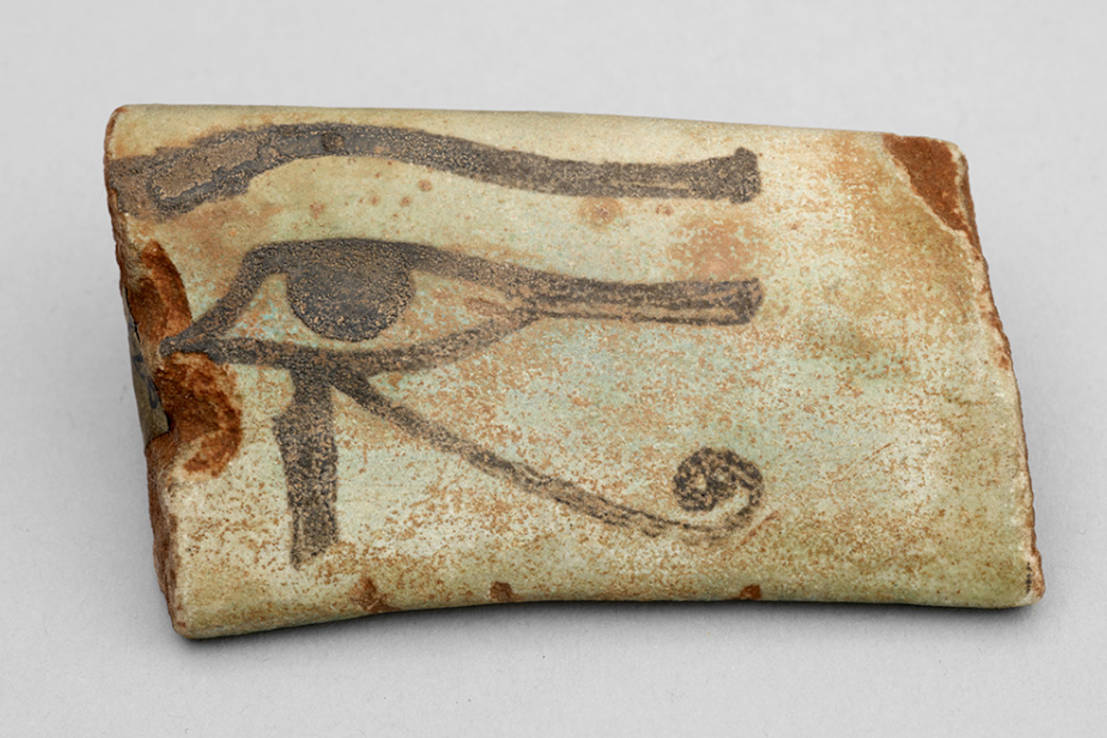
in 中文-普通话 / 國語 / Mandarin Chinese (traditional) translated by Fion
This object has been translated into 12 different languages by 15 different users
荷魯斯之眼是鷹頭神荷魯斯(Horus)的眼睛,在古埃及語又稱作「華狄特」,是古埃及的護身符號。在古埃及神話中,賽特(Seth)將荷魯斯的父親歐西里斯(Osiris)殺死,荷魯斯與賽特於對戰中被挖去左眼。他的左眼及後被神明托特(Thoth)復原,成為「華狄特」,意作完整和健康。
從埃及古王國到羅馬帝國的3000年間,荷魯斯之眼漸漸變成守護死人的象徵符號,同時也流行於毗鄰的迦南人、敘利亞人及努比亞人的文化中。
你有吉祥物或護身符嗎?
Do you have something you’d like to say, in your own language or English, about the object or translation? We’d like to hear what you think.
Translations are community-sourced and for anyone to participate in, however you use your language. For more information, see Community Guidelines.
23 Sep, 2023
Italians, especially in southern Italy, are well known for their attachment to superstition. Therefore, it is not surprising that good-luck charms are particularly popular. Arguably, the most popular amulet is the “cornicello” or “cornetto” (meaning “little horn”). The amulet is believed to protect against “malocchio” (“evil eye”), and it is commonly found in the Italian regions of Campania, Lazio, Puglia, and Basilicata.
The cornetto is in the shape of a horn, and it can be made from metal, but it is most commonly red in colour. This makes them look very similar to chilli pepper, but it is meant to represent an eland horn. The cornetto finds its origin in Greek and Roman mythology as it is linked to another common symbol: the cornucopia. The cornucopia, also known as the “horn of plenty” is a symbol of abundance and it is commonly illustrated as a large horn-shaped container overflowing with fruits and flowers. Similarly, the cornetto is also associated with abundance and fertility and remains one of the most common Italian symbols of protection. If you ever go to Naples, you can be certain to see at least one cornetto be worn as jewellery, hung from the rearview mirrors of a car, or kept in a house for decor and good luck.